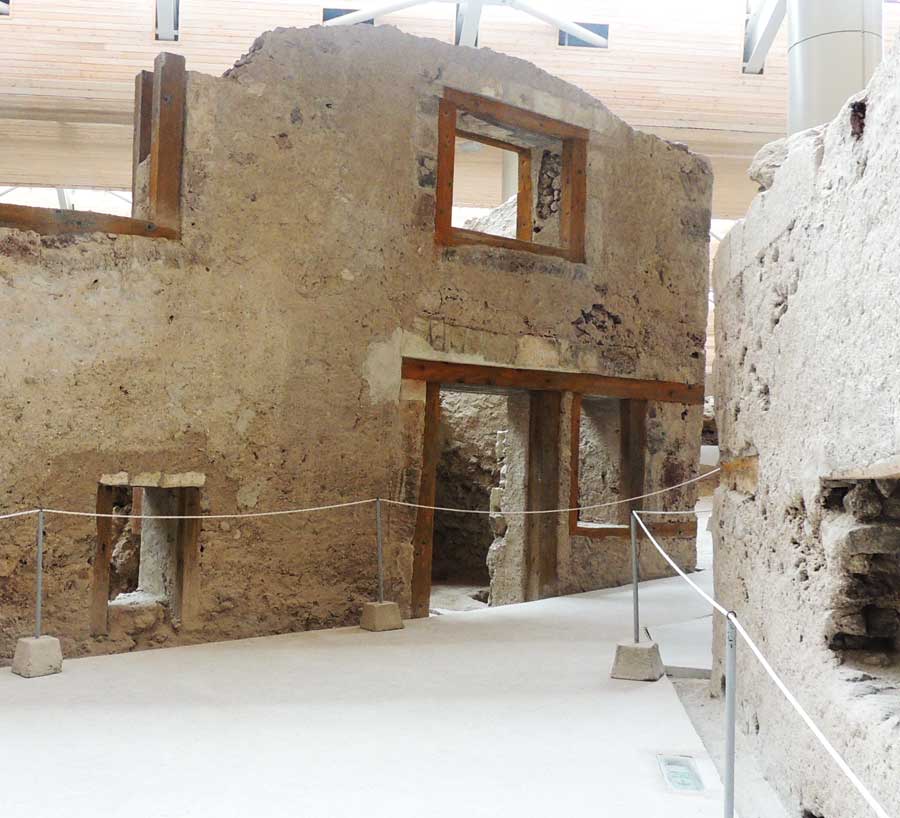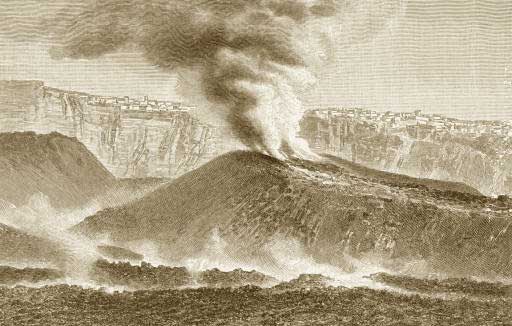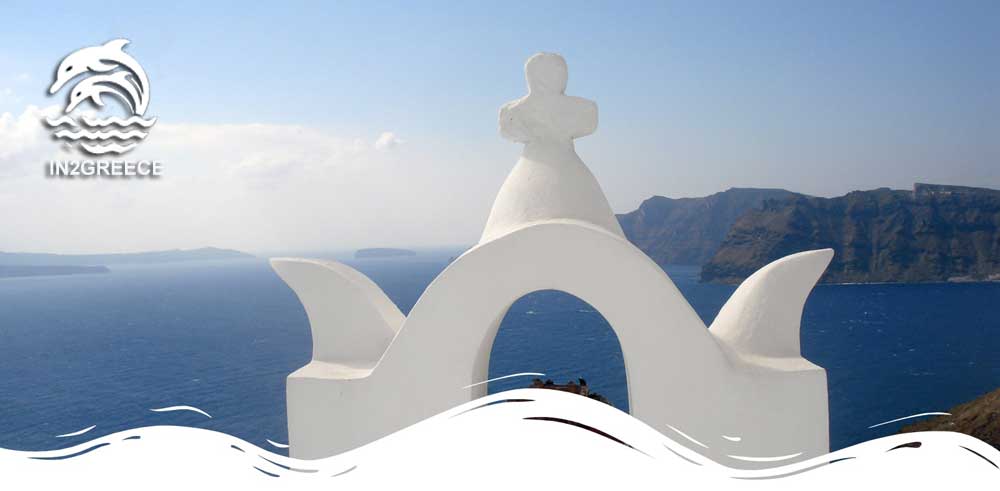Archaeological site of Akrotiri in Santorini Greece
Location
Akrotiri located in the southwestern part of the island of Santorini in Greece, at a distance of 15 kilometers from Fira the capital of the island.The archeological site of Akrotiri is one of the best preserved prehistoric settlements in Greece
Who discover Akrotiri
The prehistoric settlement of Akrotiri, was discovered in 1967 by archaeologist Spyros Marinatos, who excavated in the area. It is a settlement that for centuries remained almost untouched, buried under the ashes of the volcano.
From the Neolithic Age
Akrotiri was inhabited in the Late Neolithic Age and flourished in the Early Bronze Age. Its area exceeded 200 acres. It had excellent urban organization, excellent sewerage system and the elaborate two-storey and three-storey buildings. Many of them had remarkable frescoes, while the furniture and household items found in combination with all the previous ones testify to the highest cultural level for the time.



From the findings it seems that Akrotiri and Thira consenquently, maintained close relations with Minoan Crete and was in contact with Mainland Greece, the Dodecanese, Cyprus, Syria and Egypt.
What was discovered
Under the foundations of one of the buildings of Akrotiri, a layer of crumbled porous and lava fragments was found, which played the role of thermal insulation.
The floors were made of wood or reeds and the stone roof suspended with beaten earth, wood and reeds to ensure coolness during the summer and warmth in winter.
Contruction of the houses
The lower floors were used as workshops warehouses and mills and the upper floors were used as accommodation. In the richest houses the walls were often decorated with frescoes. The streets of the city were paved.
The plumbing drains were made with clay pipes that passed inside the buildings and poured into the sewers built along the stone streets.
The large number of frescoes found during the excavations are a valuable source of information on daily life, religion and island customs
The eruption of Santorini volcano and the end of Akrotiri
The eruption of the volcano of Santorini at the end of the 17th century BC , changed the shape of the island and ife in the settlement stopped abruptly.The inhabitants left the city due to the strong earthquakes.
However, the volcanic materials that covered the city and the whole island protected to this day the buildings and their contents, as happened in Pompeii. Thus, the ancient settlement that many call Pompeii of Greece was discovered and impresses its visitors.

